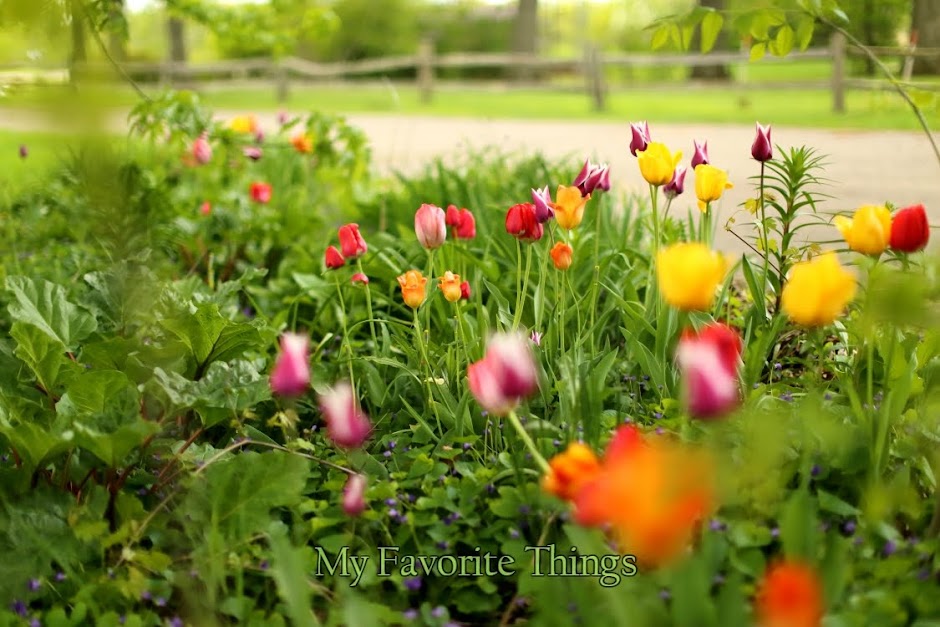 |
| Big Dipper in the eastern sky from the Seven Mile Bridge, Florida. Taken July 2015. |
In 2015, I told myself that I was going to learn some of the basics of astrophotography. I had already been on a mission to learn how to use my camera and to take better night pictures. Thus, astrophotography was the next step. I scoured the internet and came upon several very helpful websites and taught myself the basics of astrophotgraphy. I was also immensely inspired by photos taken by other astrophotographers.
 |
| Eastern sky from the Seven Mile Bridge. Taken July 2015. |
I am no expert, but I took what I learned and used this knowledge while I was on my trip in Florida. Planning is also very important too. Before heading out, I checked the weather to see how clear the sky would be, I checked to see what phase the moon would be, and during the daytime I noted the best place to take pictures (e.g. there was public access). Then I made my Mr. Man go with me in the middle of night to take pictures of the night sky while on the Seven Mile Bridge (interestingly, there were also a lot of people night fishing from the Seven Mile Bridge too).
The eastern sky contained a more picturesque background with an island and the Atlantic Ocean, but the stars in the sky look like salt was sprinkled into the black sky. The western sky contained the Milky Way, but the rest of the Seven Mile Bridge/highway was in the foreground. Regardless, I still found the experience and the pictures beautiful and magical. I couldn't believe that I was able to capture the starry sky and the Milky Way in photographs. I really didn't think it was possible until I looked at the pictures. It's amazing!
 |
| Big Dipper over the Florida Keys. Taken July 2015. |
Again, I'm no expert, but I highly recommend you do the following if you want to start astrophotography:
1. Read articles about astrophotography.
2. Use a DSLR camera AND a wide angle lens.
3. Use a tripod.
4. Think about the composition and layout of the photograph (e.g. what will be in the foreground and the angle of the sky).
5. Try and take the picture away from light pollution and on moonless nights.
6. Use a program for post processing of your photos.
7. Be safe and have fun.
I had planned to do more astrophotography, but my pregnancy got in the way. Now, I just have to work around my son and find creative ways to photograph the night sky close to home. My long term goal is to go someplace wonderful (e.g. mountain or desert) and photograph the Milky Way. If you happen to find yourself on a mountain, by the ocean, or the desert, I hope you are able to capture the beautiful night sky.
I would suggest the following websites to get tips and learn more about astrophotography:
http://theartofnight.com/2014/06/the-art-of-astrophotography-tutorial/
http://www.lonelyspeck.com/astrophotography-101/
http://www.skyandtelescope.com/astronomy-resources/astrophotography-tips/tips-for-shooting-great-nightscapes/
http://digital-photography-school.com/how-to-shoot-the-night-sky-introduction-to-astrophotography/
Let me know of your experience if you've tried your hand at astrophotography.


3 comments:
Very beautiful shots of the night sky. I've always love your photographs you seem to have a eye for photography.
BTW, what program do you use for post processing of your photos? I was thinking about purchasing lightroom.
Hi Anonymous! I own Lightroom and really love it. I also had to buy a book to learn how to use Lightroom too, so it's not the easiest software program to learn, but once you get the hang of it, it's pretty easy. For these pictures, I just used Digital Photo Professional, which is the software that came with my Canon camera. I think Digital Photo Professional does a good job until you purchase Lightroom. So, if you have a Canon camera, bust out the cd that came with it and install Digital Photo Professional. Good luck!
Post a Comment